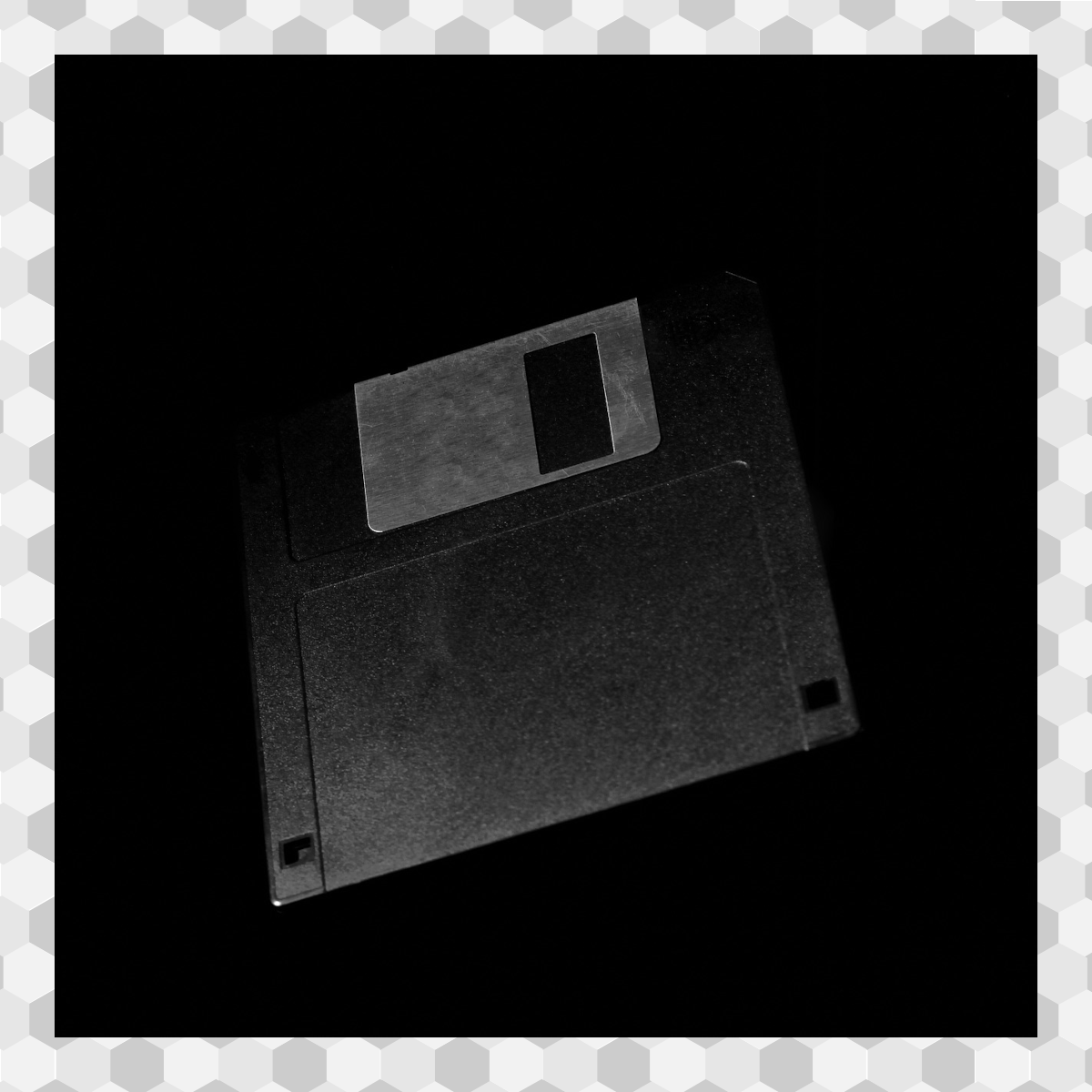The first portable storage devices
All about floppy disks
Floppy diskettes were the first way to carry around files and store files.
You might recognize them from the icon you use to save your files in apps today. They were invented by IBM in the late 1960s.
How did they work?
A motor in an FDD (floppy disk drive) spins the magnetic disk inside the floppy disk. A motor-operated mechanism moves the read/write heads (what can read the data) along the surface of the magnetic disk.
What sizes were available?
3 sizes were common.
8” disks held 1.2 MB (megabytes) and were the 1st available version. They were huge in physical size. The 8” disk looked just like the 5.25” version just bigger.
5.25” disks held 1.2 MB. They were made as a replacement for the larger 8” disks.

3.5” disks held 1.44 MB later became 240MB. 3.5” disks were the last floppy disks available on the market.

The insides of the disks all worked the same but were made smaller for portability.
Were there other sizes?
There were other sizes proposed but never made it into the mainstream.
Do people still use them?
There are not many people who still use floppy disks. CD-ROMs, flash drives (thumb drives), and external hard drives hold more files in a smaller footprint. The only people still using floppy disks are hobbyists/collectors and organizations still using old equipment.
